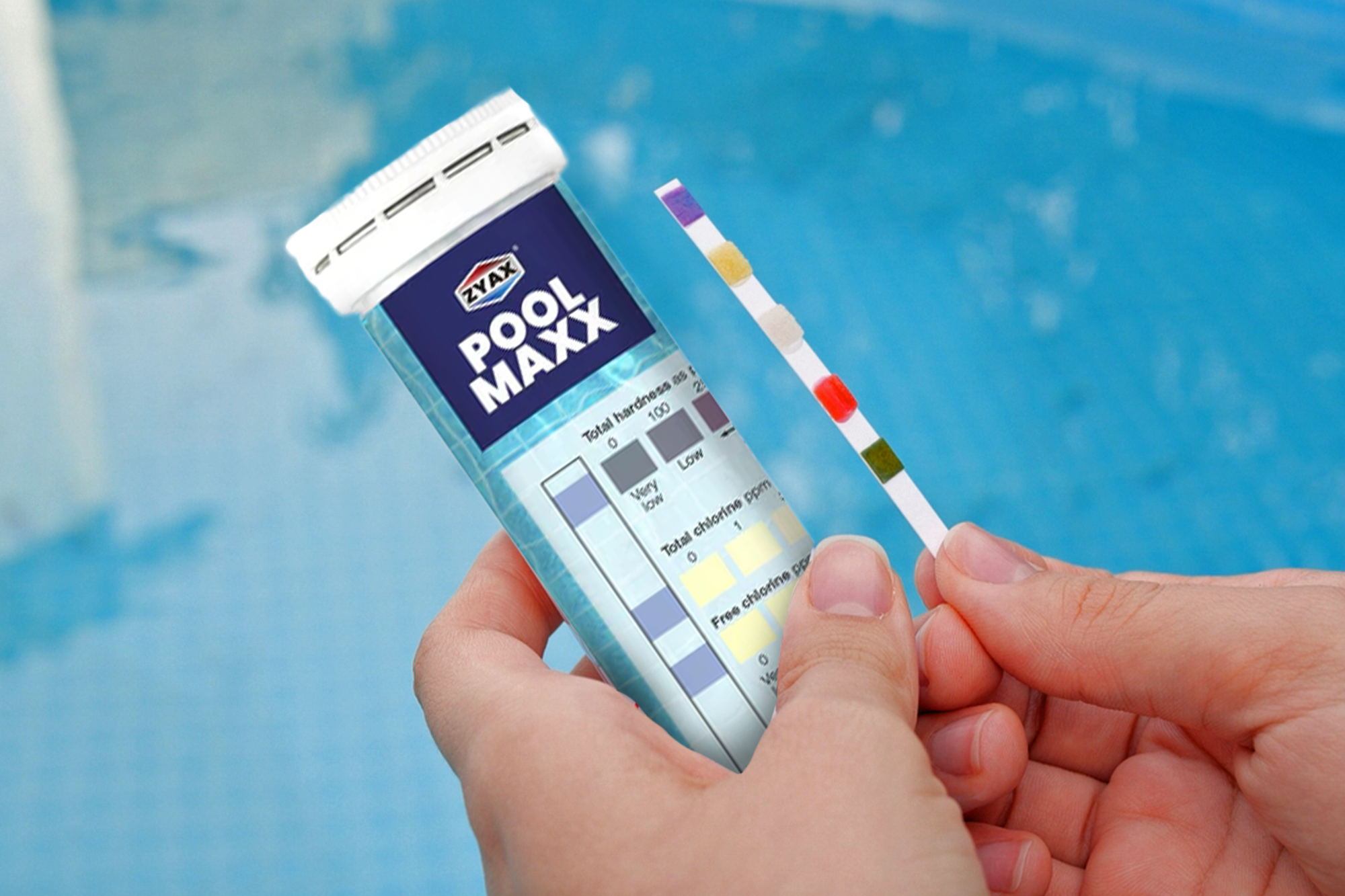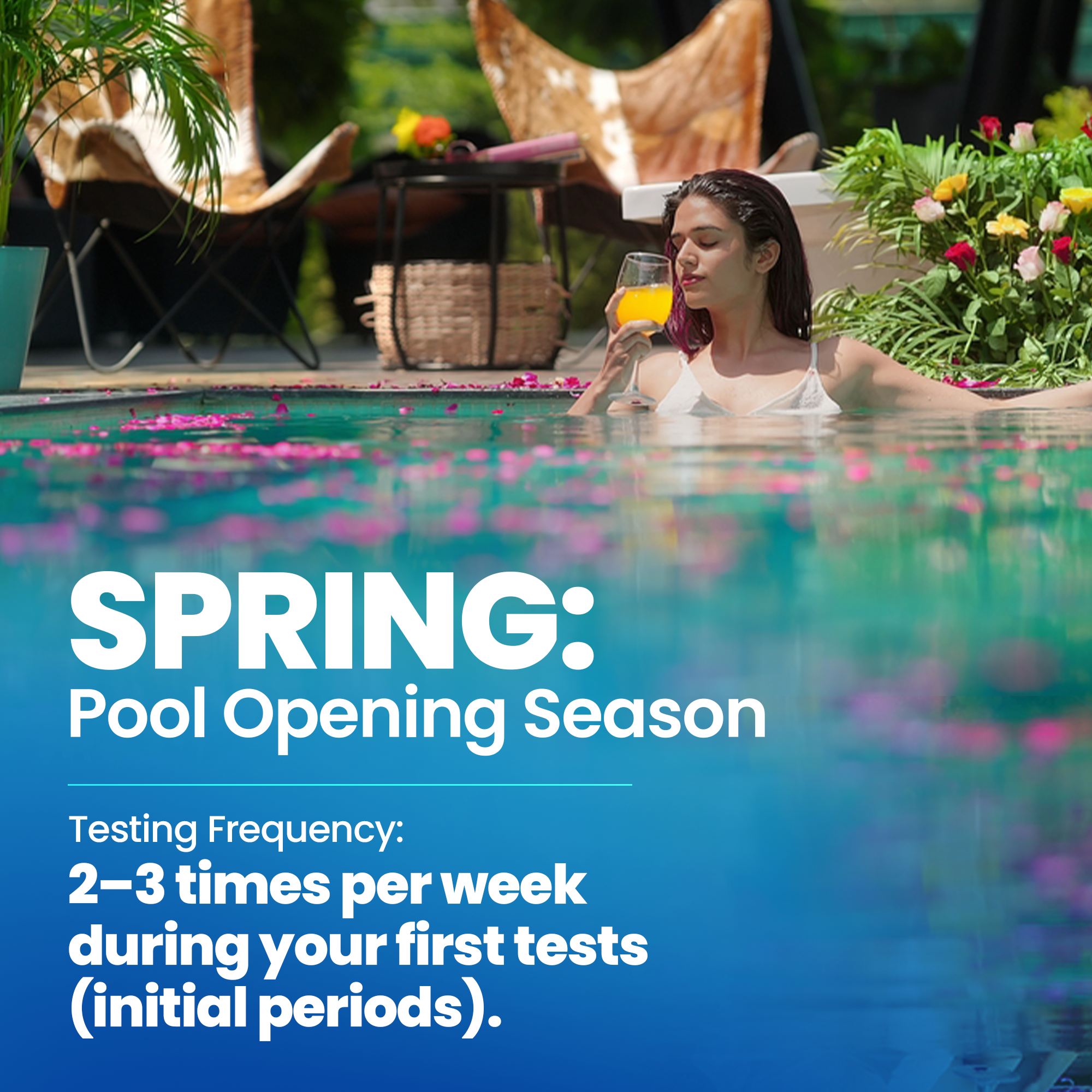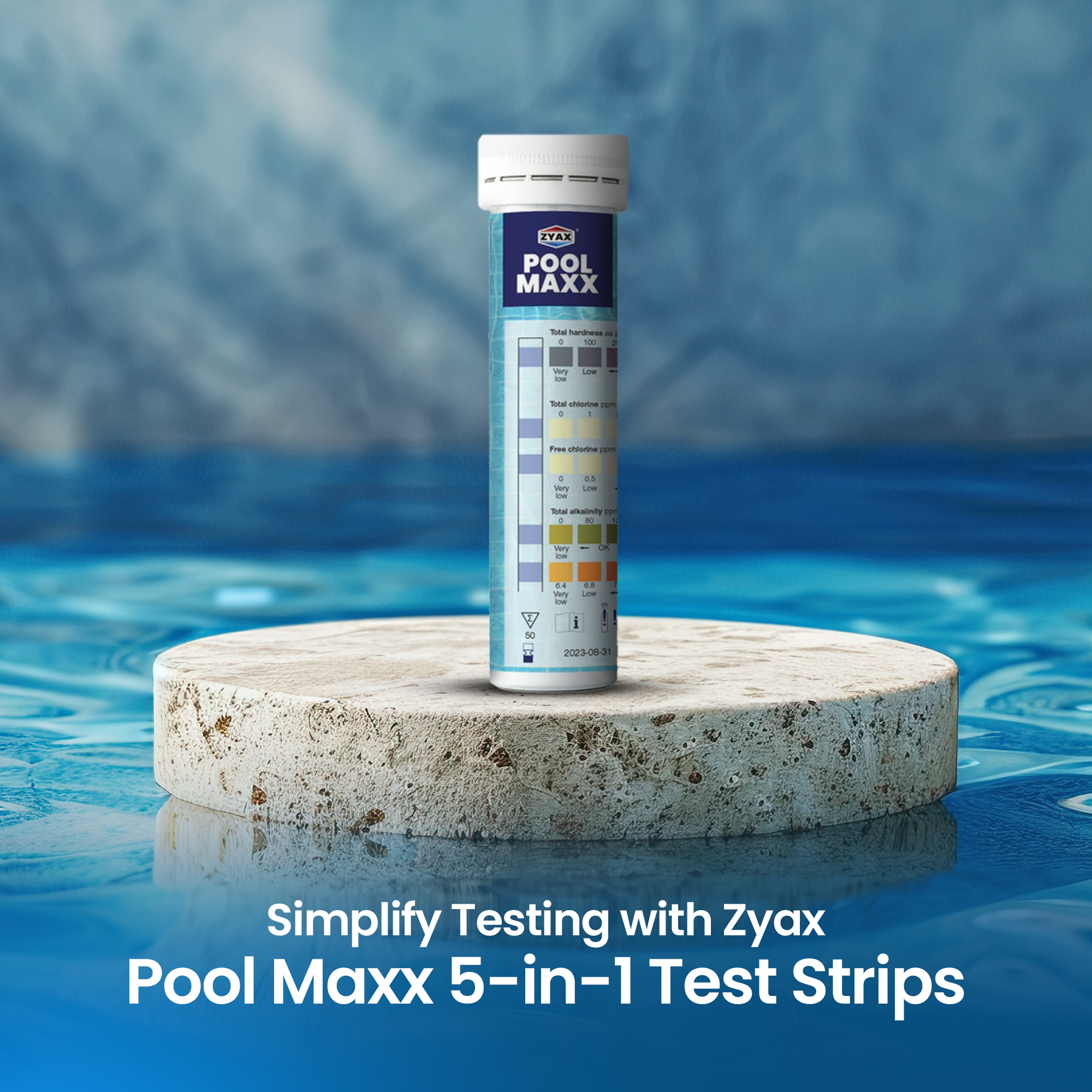
The process of maintaining clear and balanced pool water requires testing as the main method, alongside adding chemicals. Making sure to test the pool water at the right points throughout the year becomes essential for the creation of complete health in swimming areas. The following document includes specific guidance on seasonal pool testing schedules to assist users in preserving their swimming pool's maximum efficiency.
The Importance of Testing Your Pool Water Frequently
The testing of pool water on a regular basis remains vital because it creates essential conditions for both safety and health in a swimming environment. An unbalanced water condition will produce skin irritation, red eyes, and respiratory difficulties. Checking chemical levels in swimming pools simultaneously safeguards human health and defends equipment components and swimming pool surfaces from damage. Genuine water quality changes from storms, environmental conditions, and debris require constant pool testing to maintain proper pool maintenance.

Summer: Peak Swimming Season
Pool water testing frequency: 2–3 times per week
Pool usage intensifies during summer while temperature increases and sunlight exposure speeds up the changes in pool chemical composition. Plenty of swimmers, together with changing environmental factors, lead to chlorine loss and changes in pH levels.
Key Parameters to Test:
- Chlorine acts as the vital component to sanitize swimming pool water.
- The pH balance needs to exist between 7.2 and 7.8.
- The alkalinity should be set between 80 and 120 ppm since it maintains pH stability.
- Calcium hardness has a critical role in the prevention of corrosion and should be maintained between 200 and 400 ppm.
- Cyanuric acid (stabilizer) protects chlorine from sunlight damage, while you should keep its measurement between 30 and 50 ppm.
You should immediately check your pool water following heavy pool usage, together with rainstorms, since these conditions heavily affect water balance.

Fall: Transition Season
Testing Frequency: 1–2 times per week
The maintenance workload can decline when pool usage decreases because of dropping temperatures, but this could prove to be a mistake. The presence of falling leaves, together with debris from organic sources, creates contaminants that harm the quality of water.
Key Parameters to Test:
High phosphate levels in the water cause the spread of algae because they promote their growth.
You should skim your pool surface frequently while cleaning the skimmer baskets because such maintenance prevents organic buildup that causes algae blooms.
Winter: Off-Season Maintenance
Testing Frequency: Every 2–4 weeks
Despite pool coverage and disuse, chemical balances may alter because of environmental influences like precipitation, rain, snow accumulation, and temperature modifications.
Key Parameters to Test:
- Chlorine
- pH
- Alkalinity
- Calcium Hardness
Regular testing of pool chemical levels during winter will decrease corrosion and reduce scale formation, which ultimately leads to easier maintenance.

Spring: Pool Opening Season
Test your swimming pool chemicals two to three times per week during your first tests (initial periods).
The approaching swimming season demands that your pool needs proper preparation during spring. Water chemicals become unstable when a pool stands inactive for several months.
Key Parameters to Test:
- Chlorine
- pH
- Alkalinity
- Calcium Hardness
- Cyanuric Acid
Metals (metal contaminants) must be screened for iron and copper because they produce staining effects.
Shocking the swimming pool under specialized conditions helps eliminate contaminants and maintains continuous filtration for 24–48 hours until final chemical adjustments.
Benefits of Regular Pool Water Testing
- Performing regular pool water tests during maintenance provides multiple distinct benefits to pool owners.
- Routine testing enables healthcare safety measures by detecting dangerous aquatic bacteria and infectious pathogens in swimming pools.
- The pool infrastructure suffers damage when water equilibrium remains unbalanced, leading to surface deterioration along with gearbox deterioration.
- The correct management of pool chemicals enhances both pool element durability and pool construction longevity.
- Strategic detection of chemical imbalances saves owners from having to spend money on extensive repairs, as well as lessens their need to use excessive chemicals.
- Testing water routinely results in crystal clear water, which enhances the swimming environment.
Best Practices for Pool Water Testing:
- The stability of chemical levels reaches its peak when testing occurs during early morning hours.
- The use of proven and high-quality test strips or digital testers leads to accurate chlorine and chemical readings in the pool.
- Record keeping enables you to both detect recurring issues and see trends from the gathered data.
- The practice of modifying only one factor at a time helps prevent chemical imbalances when performing pool testing.

Simplify Testing with Zyax Pool Maxx 5-in-1 Test Strips
You can use the Zyax Pool Maxx Swimming Pool 5-in-1 Test Strips as a convenient solution to check your pool's chemistry efficiently. Effortlessly monitor your pool's chemistry and ensure optimal water quality. These test strips provide accurate readings for pH, chlorine, alkalinity, and more, helping you make informed adjustments.
Shop Now and elevate your pool maintenance routine today!
For more info, write to us at info@zyax.in!